Understand
Solapur, located in Maharashtra State of India, is a vibrant district known for its rich history and thriving industries. The name "Solapur" is derived from the combination of "SOLA" meaning sixteen in the local Marathi language and "PUR" meaning village. These sixteen villages, including Aadilpur, Ahmedpur, Chapaldev, and more, have come together to form the Municipal Corporation of Solapur. Spanning over an area of 14844.6 sq.kms., Solapur is blessed with a diverse geography. The district primarily consists of expansive plains, with the river Bhima flowing through from northwest to southeast. Another river, Sina River, also complements the natural beauty of Solapur. The district serves as a crossroad between Maharashtra and Karnataka, making it an important trade hub since ancient times. Solapur is not just known for its commerce, but also for its cultural heritage. The city is home to eight famous Digamabar Jain temples, including ones at Shukravar Peth, Kasagi, and Shravikashram. Additionally, the city's chief deities, Shri Siddeshwar and Shri Rupabhavani, are highly revered by the locals. With a rich agricultural base, Solapur has flourished as a commercial center, particularly for cotton and other agricultural produce. The bed-sheets produced in Solapur are renowned for their exceptional designs and durability, earning them a well-deserved reputation. The history of Solapur is intertwined with ancient Hindu dynasties like the Chalukyas and Devagiri Yadavas. Later on, the city became part of the Bahamani and Bijapur kingdoms. Vairag village in Barshi tehsil, located around 14 miles southeast of Barshi, holds historical significance as a meeting place for saints of the Nath Sect seeking spiritual enlightenment. Solapur is a district teeming with beauty, heritage, and economic vitality, making it a captivating destination for visitors and residents alike.
Map & Climate
Popular Foods
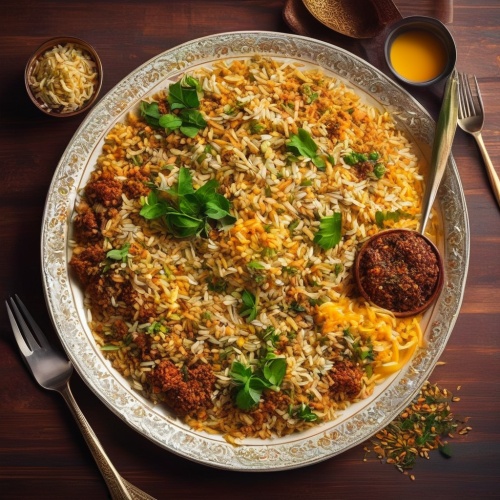 Dish: Butter Chicken (Murgh Makhani)Butter chicken is a rich and creamy curry made with marinated chicken pieces cooked in a tomato-based sauce. The dish originated in the Indian subcontinent and gained popularity in Canada due to the large population of Indian immigrants. It's typically served with basmati rice and naan bread. Butter chicken contains meat – chicken.
Dish: Butter Chicken (Murgh Makhani)Butter chicken is a rich and creamy curry made with marinated chicken pieces cooked in a tomato-based sauce. The dish originated in the Indian subcontinent and gained popularity in Canada due to the large population of Indian immigrants. It's typically served with basmati rice and naan bread. Butter chicken contains meat – chicken. 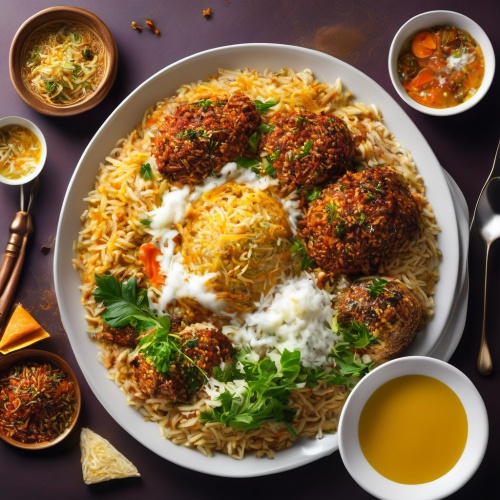 Dish: BiryaniBiryani is a popular rice dish made by cooking Basmati rice with meat (usually chicken, goat, or fish), vegetables, yogurt, and a blend of spices. It originates from the Indian subcontinent and is often considered the national dish of Pakistan. It's known for its flavorful layers and distinct aroma. Biryani contains meat – primarily chicken, goat, or fish.
Dish: BiryaniBiryani is a popular rice dish made by cooking Basmati rice with meat (usually chicken, goat, or fish), vegetables, yogurt, and a blend of spices. It originates from the Indian subcontinent and is often considered the national dish of Pakistan. It's known for its flavorful layers and distinct aroma. Biryani contains meat – primarily chicken, goat, or fish.  Dish: SamosasSamosas are deep-fried or baked pastry snacks filled with a savory mixture of spiced potatoes, onions, peas, and sometimes meat. They originate from South Asia and have become a popular street food across India. Often served as an appetizer or a quick snack, samosas can be found at roadside stalls, train stations, and even weddings. Samosas can contain meat – typically potatoes, onions, and peas, but some varieties may include meat such as chicken or lamb.
Dish: SamosasSamosas are deep-fried or baked pastry snacks filled with a savory mixture of spiced potatoes, onions, peas, and sometimes meat. They originate from South Asia and have become a popular street food across India. Often served as an appetizer or a quick snack, samosas can be found at roadside stalls, train stations, and even weddings. Samosas can contain meat – typically potatoes, onions, and peas, but some varieties may include meat such as chicken or lamb. 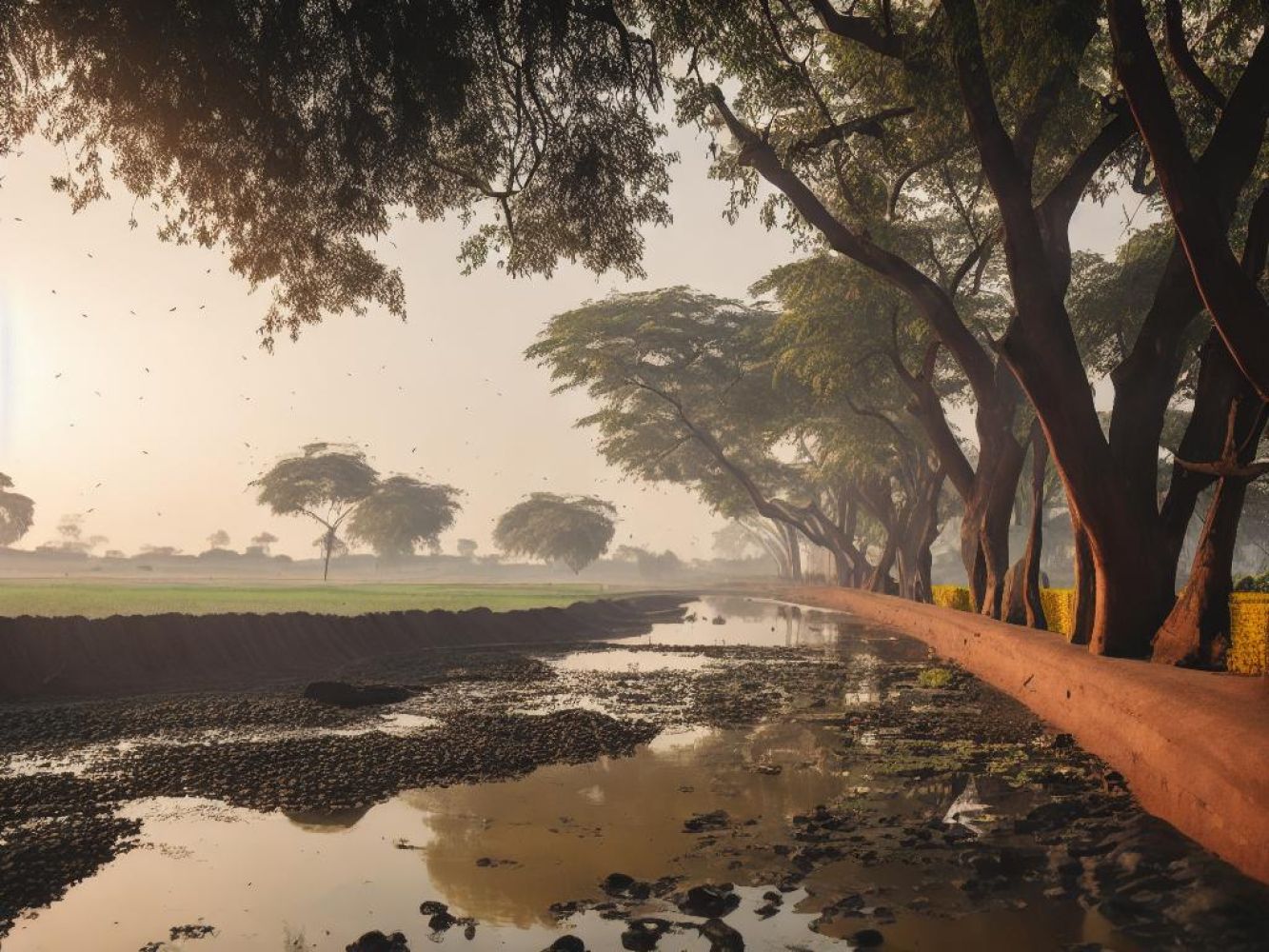

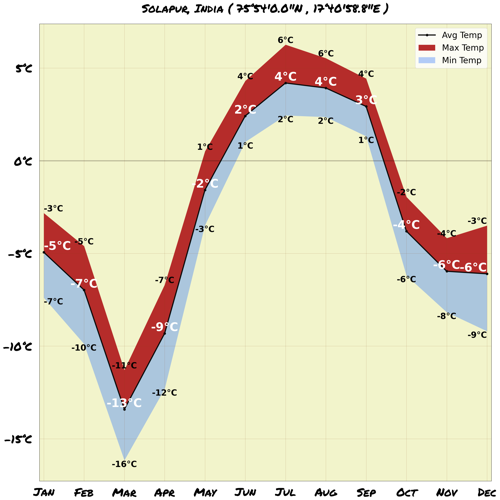
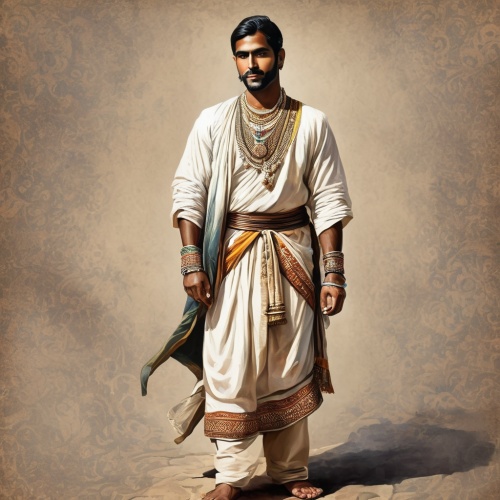
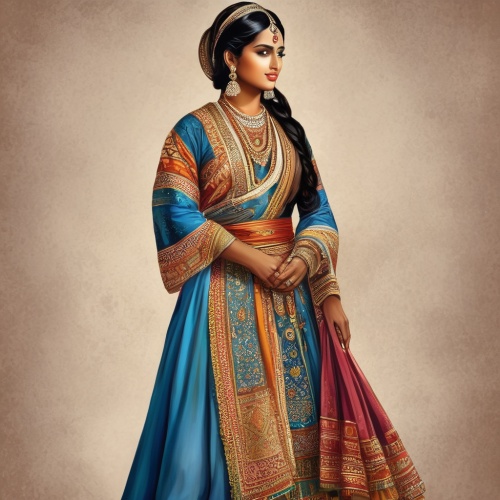
Comments
NO COMMENTS